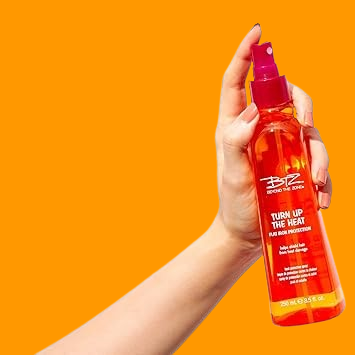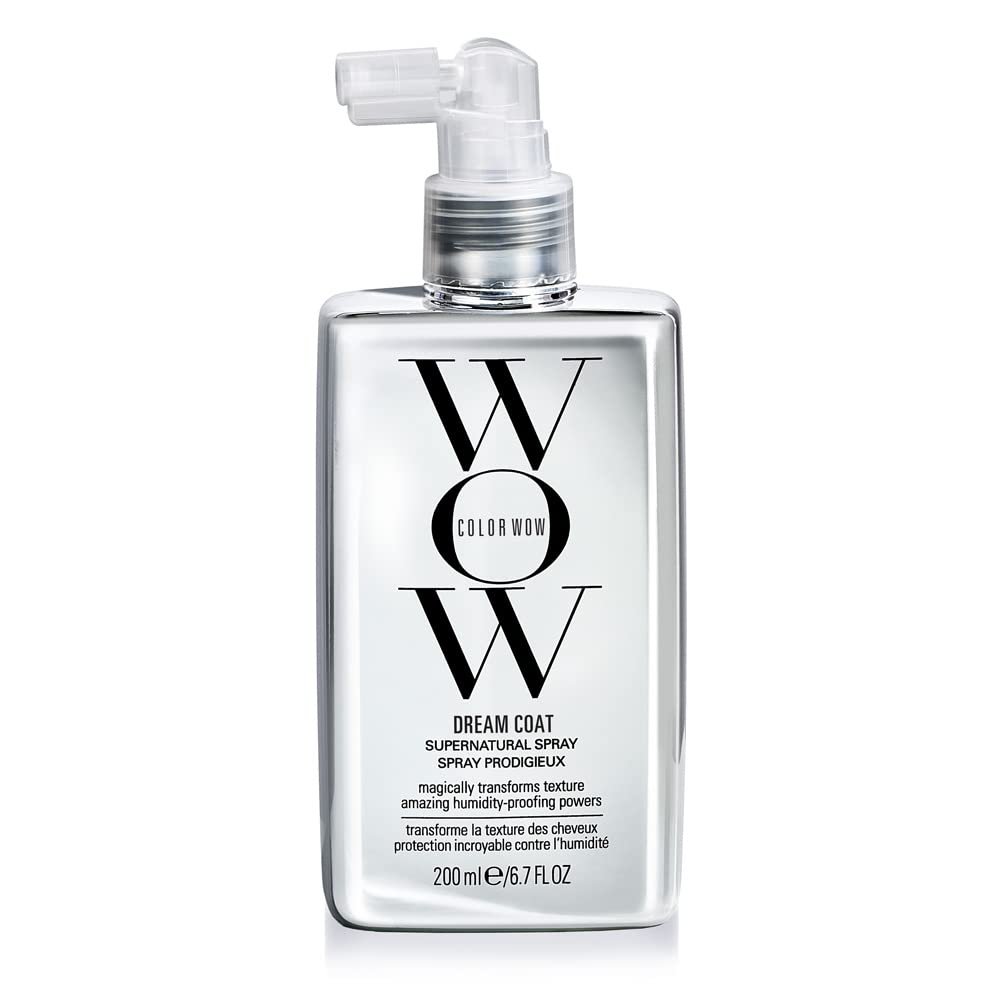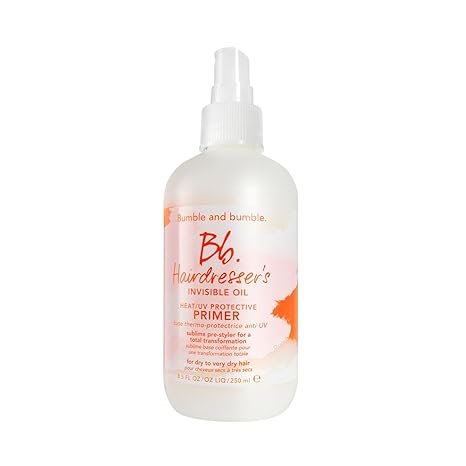Struggling with Thin Hair? Here’s How These Products Can Help Strengthen and Volumize

Why Skipping Heat Protectant Is a Major Mistake—Even If You’re Not Styling with Heat
Sure, we’ve all seen someone crank their flat iron to 400 degrees without putting on a heat protectant first. Instead, it can be very detrimental to your hair. Applying heat protectant product is extremely important each and every time you style your hair with hot tools. Using heat protectant will protect your hair from high temperatures, acting like a shield to protect your hair. This means whenever you are blowing out your hair to create silk and shine or achieving those effortless beach waves, you are still being mindful of your hair.
But what lots of people don’t realize, is that a heat protectant is not only for hot tools. Even if your hair air dries or you don’t touch a styler, you are doing one simple thing for your hair by applying heat protection every day. The reason is that heat protection will protect against heat and it also helps to protect against environmental aggressors like pollution, UV rays, and humidity. Over time, things like pollution can create stress on your hair that you cannot see. Substantial heat, UV exposure, and pollution can dull your shine, weaken your hair, and create breakage over time.
“Even if you don’t use a heat tool regularly, applying a heat protectant works as a shield to maintain the hair’s natural strength and shine,” says Gregorio Ruggeri, a certified trichology’s (A professional focused on investigating and assessing the condition of the hair and scalp).
How Heat Protectant Products Shield Your Hair: The Science Explained
Heat‐protectant sprays and creams belong to the styling-aid family of products because they essentially exist to slip in between a heat-styling appliance, say a blow-dryer, flat iron, or wand, and your hair, before the damage begins. Film-forming agents like silicones (dimethicone is a well-known example) and polymers (polyquaterniums or acrylates). These cover the hair into an even flexible film along the strand. “That microscopic coating creates even temperature distribution and locks in moisture,” adds biochemist Valerie Aparovich, who is the science team lead at OnSkin.
Today’s beyond-basic formulations often include fortifying proteins (keratin, milk protein, elastin) and protective polysaccharides that help build strength and resilience to hair. Together they help strengthen the film, allowing it to grab onto the cuticle and seal it shut to limit moisture escape, dryness and snap-offs. Once that veil is in place, it also allows hair to avoid contact with other environmental nasties like dust, urban pollutants, and smoke which all contribute to oxidative stress resulting in weakened hair over time.
How to Choose the Right Heat Protectant: Key Features to Look For
Keep in mind that heat protectants can vary in quality, so consider these factors when making your choice:
Ingredients
According to Aparovich, the best hair-care formulas combine the most common film-formers—like silicones or other polymers—with many nourishing ingredients, which may include proteins, botanicals, and natural oils. Look for products with plant-powered antioxidants—like agave leaf, jackfruit, and argan oil—that will help fight the free-radical damage caused by UV rays and pollutants in the environment.
Be careful of overly heavy formulations full of silicones with little in the way of nourishment because they will just mimic hydration or restoration with a coating on the surface of the hair.
Formulation
The type of product also matters. Lighter sprays work better if your hair is thicker or prone to oiliness, and good for hot conditions. For dry, damaged, or frizzy hair, while in the cold or humid, creams and serums are more effective.
The Best Heat Protectants

OGX Bond Protein Repair Heat Protect Spray
Check out this drugstore gem that is made for fine hair. It provides light protection from heat styling tools up to 450°F while also strengthening and softening your hair. The brand claims it can decrease hair breakage by as much as 80%, so you will want to add this to your hair regime!

This heat-protective spray utilizes its own innovative anti-humidity technology to help lock out moisture to keep your hair smooth and frizz-free for several days. The brand claims the effects can last through three to four washes.

This multitasking spray is perfect for dry, damaged hair that needs some extra love. This multi-tasking spray provides heavy moisture, detangles, fights frizz, and protects from heat up to 450°F. The formula is expertly formulated with the combination of tamarind seed extract, panthenol, vitamin E, and hydrolyzed proteins to provide maximum effectiveness.

Bumble and bumble. Hairdresser’s Invisible Oil Heat/UV Protection Leave-In Conditioner Hair Primer
This leave-in conditioner is enriched with the brand’s six-oil blend, which detangles, soothes frizz, and serves as a protection in heat styling and UV exposure. This treatment is advised for all hair types and textures. Hair is left silky and touchable, with a light fruity and tropical scent.
Protect Your Hair Like a Pro: The Correct Way to Apply Heat Protectant
Aparovich states that if used properly, it is safe for every day use, using a quality heat protectant, on almost any hair type. It also can provide even more protection benefits. To make the most of your product, do not apply it to your scalp or roots directly – instead apply the product to your mid-lengths and ends to avoid greasy, sticky product buildup and reduce the possibility of scalp damage.
Use moderation. Even quality heat protectants should not be used in excess – especially products loaded with silicones that will not rinse out easily from the hair, such as dimethicone, cetearyl methicone, cetyl dimethicone, stearyl dimethicone, and dimethiconol. Overusing the product can cause excess build-up and make the hair feel heavy, flat, and sometimes greasy,
To remove these silicones, Aparovich says to be sure to clarify the hair enough just so that your strands still feel light. However, beware using too many clarifying shampoos, as they often have a tendency to strip moisture, especially from dry or color-treated hair. Ideally a good clarifying shampoo applied once a week should suffice.
Remember that while heat protectants are necessary to help your hair withstand thermal damage, they do not cause thermal damage to your hair. Supporting your hair health means working against physical damage: rough brushing, tight hair ties, and aggressive towel drying, while also following.


